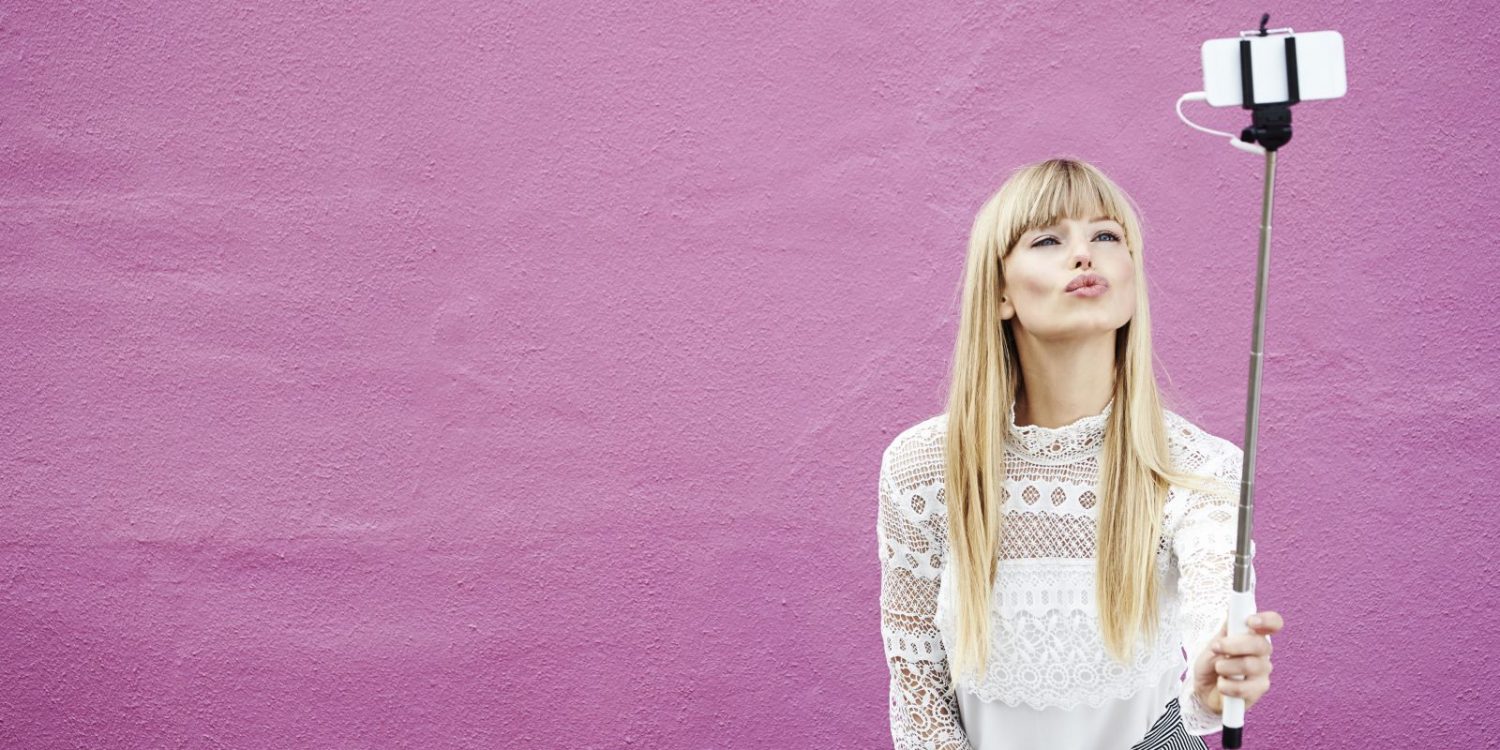
Read time: 2 mins
Written by Rob Smith
Love them or hate them, selfie sticks have certainly been making headlines in recent weeks. In March, London’s National Gallery confirmed a ban on the photo craze, prompting The Telegraph to produce a useful guide on where you can and can’t use them in Britain’s music venues and museums.
Then earlier this month, I heard Man Booker Prize winner Howard Jacobson on Radio Four’s A Point of View, dubbing selfie sticks ‘the lightning rods of narcissism’. Whatever you think about selfie sticks, there’s little doubt that they’re symbolic of the meteoric rise of ‘brand me’.
Regardless of the platform, the online profiles we create are digital expressions of our own personalities and help us build ‘brand me’. So, naturally, the content we choose to post and share reflects us as people.
We share links to thought leadership articles to demonstrate our knowledge, we post funny YouTube videos to show we have a sense of humour, and we upload image galleries of ourselves having fun with friends to show we’re popular.
Personalised marketing at scale From large-scale wall graffiti to mindlessly doodling your name in a notepad, humans are obsessed with personalisation. The Guardian recently said ‘personalised marketing at scale’ is fast becoming the newest digital marketing trend, which could completely transform the media approach that businesses take.
Just one example is Twitter’s new Periscope live streaming app, which enables people to broadcast themselves to the world, helping them reinforce ‘brand me’. In terms of brands, content marketing king Coca Cola is leading the way in terms of this trend. In summer 2014, Coca Cola took the brave step of dropping its own name from its bottles, replacing it instead with the top 250 most popular teen and millennial names in the US.
The campaign offered people the opportunity to find the names of their friends and family on bottles and cans and encouraged them to share images on social media using the hashtag #ShareaCoke. This was a resounding marketing success and the brand recorded a 7% increase in Coca Cola consumption.
Coca Cola also segmented the US Facebook population for its 2014 Super Bowl advert. This meant it was able to reach different groups of consumers with the same video but the copy and thumbnail images used were tailored to different people’s interests and demographics.
You don’t have to be a business on the scale of Coca Cola to jump on the ‘brand me’ bandwagon. All businesses, large and small, must create content that appeals to their audiences and answers their questions as this is much more likely to spur them to ‘like’ and share.
Indeed, by helping your audience build ‘brand me’, you’ll be amplifying your content and driving social media conversions, ultimately increasing brand awareness.